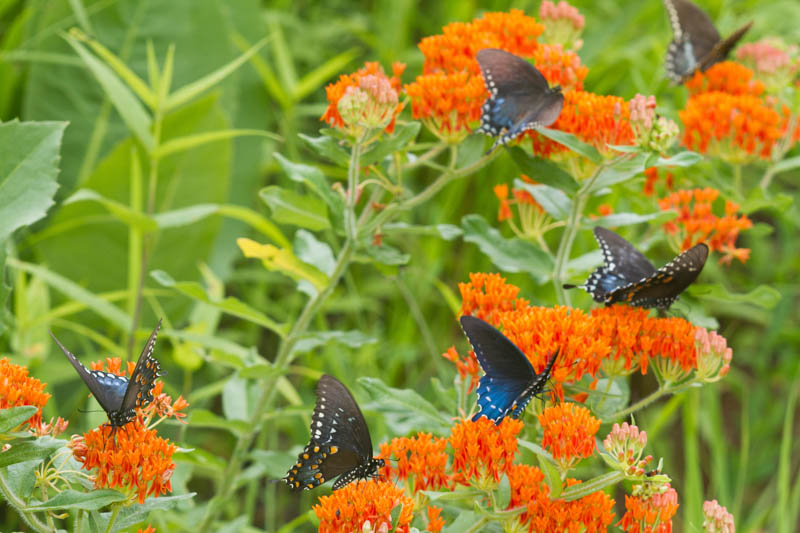Plant Milkweed: Save Monarchs, Beautify Gardens
Milkweed, scientifically known as Asclepias spp., is a group of flowering plants famous for their critical role in the lifecycle of monarch butterflies. These plants are not only crucial for ecological balance but also bring a unique aesthetic to gardens.
Appearance: Milkweed species vary in size and form, but most are characterized by their upright growth habit, reaching heights of 2 to 6 feet (60-180 cm). Their leaves are often broad and slightly hairy, ranging in color from light green to bluish-green. The most striking feature is their intricate flowers, which bloom in clusters and come in shades of pink, orange, white, and purple.
Monarch Butterfly Symbiosis: Milkweed is the sole host plant for monarch butterflies. The leaves provide essential food for monarch caterpillars, while the nectar-rich flowers attract adult butterflies and other pollinators.
Growing Conditions: Milkweed prefers full sun and well-drained soil. It is drought-tolerant once established, making it suitable for xeriscaping or low-water gardens. Master the art of growing and caring for Milkweed.
Varieties: There are many species, with popular types including Common Milkweed (Asclepias syriaca), Butterfly Weed (Asclepias tuberosa), and Swamp Milkweed (Asclepias incarnata). Each species has specific attributes and preferred growing conditions.
Ecological Benefits: Beyond supporting monarchs, milkweed plays a vital role in supporting biodiversity. Its flowers are nectar sources for a variety of pollinators.
Caution: These plants contain toxic compounds. While these are crucial for monarchs’ survival, they can be harmful if ingested by pets or humans.
Garden Uses: Milkweed is a perfect choice for wildflower gardens, naturalized areas, or as part of a pollinator garden. Their unique flowers and the butterflies they attract make them a fascinating addition to any landscape.

